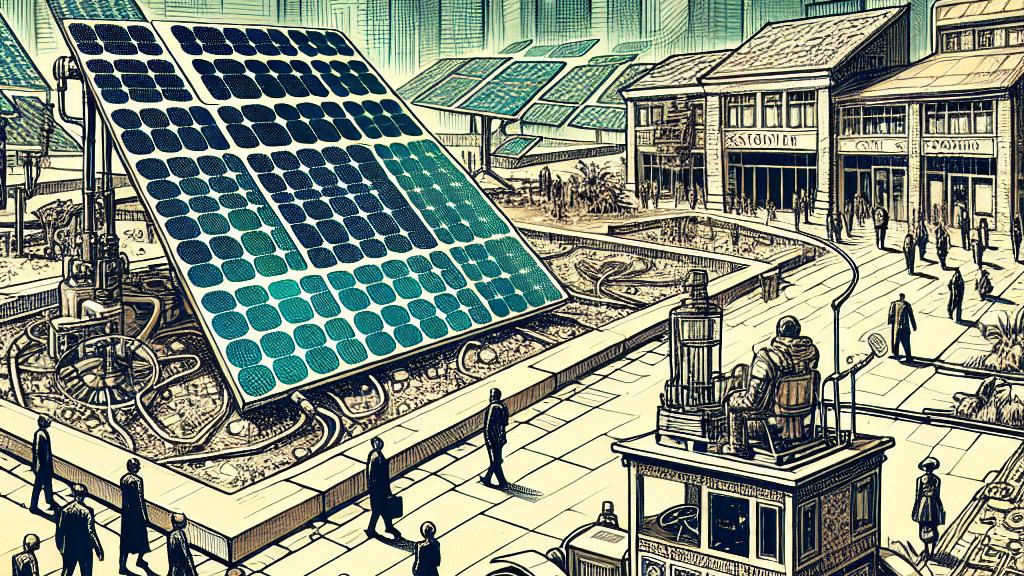Advancements in Silicon Heterojunction Solar Cell Technology
Overview
- Explore the groundbreaking significance of silicon heterojunction solar cells, reshaping the renewable energy landscape.
- Discover how cutting-edge laser patterning techniques are revolutionizing efficiency and simplifying production methods.
- Imagine a sustainable future powered by high-efficiency solar cells, transforming our energy approach.

Introduction to Silicon Heterojunction Solar Cells
Silicon heterojunction solar cells, an innovative breakthrough celebrated in China's rapidly advancing solar sector, are setting new benchmarks for energy generation. These state-of-the-art cells are meticulously designed to remove the unsightly grid lines that typically mar solar panels, offering a sleek and modern aesthetic. This functionality isn’t just about looks; it enables these cells to blend seamlessly into a variety of applications, from the stunning rooftops of urban architecture to the streamlined designs of eco-friendly vehicles. Picture a world where solar panels not only serve as power generators but also enhance the elegance of our surroundings—this evolution in design sparks excitement for a future where renewable energy is both functional and visually appealing.
Innovative Laser Patterning Techniques
At the heart of this remarkable technological transition lies the revolutionary technique of laser patterning. By harnessing the precision of pulsed picosecond lasers, engineers can intricately create back contact patterns on solar cells, leading to astounding advances in efficiency. For example, the latest innovations have pushed efficiency levels beyond 27%, a milestone that highlights the effectiveness of this method. Moreover, the introduction of unique designs, such as indium-less and silver-free cells, not only addresses critical supply chain challenges but also promotes cost-effectiveness in production. This dual focus on efficiency and sustainability illustrates the tremendous potential of laser patterning in transforming the solar energy landscape.
Future Implications for Renewable Energy
The strides made in silicon heterojunction solar cell technology exemplify a significant leap toward a future dominated by renewable energy. As research continues to break efficiency records, the implications for societal change are profound. Imagine integrating these high-performance solar cells into every facet of modern life—from expansive solar farms generating power for entire cities to sleek panels adorning residential roofs, contributing to personal energy independence. Furthermore, envision the collective impact of reducing our reliance on fossil fuels while fostering economic growth through green technology jobs. This vision paints a compelling picture of a sustainable future—one where solar energy isn’t just an alternative, but a primary source of power driving global change.

Loading...